![MICHELLE SIMPSON: “This is my portrait that I did of a lady that is typically over here in the parking lot. You know, I’d be parking [and she would say], ‘Oh girl, how you doing, give me some money,’ whatever. And she was just really funny, and I got her name, and I found out that she was nicknamed ... Hellraiser.”](https://thesoutherneronline.com/frontpage/wp-content/uploads/2014/01/DSC0060.jpeg)
For nearly three decades, Beaty’s career has centered around homelessness. In 1985, she and her husband joined the board of the Task Force, which operates the Peachtree-Pine homeless shelter in downtown Atlanta. Twelve years later, Beaty purchased the building adjacent to the shelter as a personal art studio. Soon, she noticed people in the shelter making art.
“I sort of had a hunch that there were a lot of people here who never had the luxury, or the leisure, or the encouragement or the opportunity to discover how creative they are,” Beaty said. “I saw some folks sketching and said, ‘Do you want to paint? Do you want to draw?’”
The art studio swelled to include 19 artists by the late 1990s, when Beaty began offering painting classes with live models on Thursday nights.
“Once we had a model who was also a 12-string guitarist … he was playing Bach and he was living at the shelter, and one Thursday night I remember thinking, ‘This is heaven. This is actually heaven,’” Beaty said. “I mean, what could be better? The music, a model, a bunch of artists. You could see the lights to the city, it was beautiful. The energy has been—always, I think—really wonderful.”

Only one artist stayed in the studio during the 2001 demolition that made way for a redevelopment that has not yet taken place. Currently the space looks unfinished, with exposed pipes and the feel of a warehouse. Donated furniture—a wooden bar, tables and benches—fills in the spaces between the numerous studio workspaces.
In the last decade, Beaty has organized the art studio as a collective, where each artist has equal say. With the approval of other artists, Beaty said she chooses people from the shelter to whom the collective allots studio space.
Art histories
The Peachtree-Pine artists have stayed at the studio from as little as a few weeks to several years. Two artists live there currently, and Beaty estimated that another eight to 10 artists use the studio.
Natural, 38, is an artist who has been living at Peachtree-Pine since early November. He grew up in Springfield, Mass., where others noticed his aptitude for drawing.
“I knew I could draw when I was in preschool,” Natural said. “It was Christmas holidays, and the teacher asked us to draw Santa Claus … She went around the class and looked at everybody’s portraits, came across mines and she said, ‘Wow it looks just like the picture, exactly like the picture.’”
Natural moved to Atlanta in 1989, at 14 years old. In the mid 1990s, he danced in a group with his brother called “Masters of Motion.” While in jail in 2007, Natural honed his skills as a portrait artist, using pictures as a guide.
“That’s when I realized I had a gift, a real serious gift,” he said. “I kept getting compliments after compliments. People in the jail that I met wanted me to draw their pictures of their loved ones. And so I drew them, they sent them to their loved ones. Their loved ones started requesting for my work, so I made money while I was locked up.”
Gregory Walcott, 64, is the other artist currently residing at Peachtree-Pine. Born in Cleveland, Ohio, he got into art by drawing comic books when he was about 8 years old.
Walcott came to Atlanta in 2004 and began working at an electrical company. In 2008, he got an injury and his knee required a reconstruction surgery he could not afford. Since the company would not give him a job that required less movement, he became unemployed and his income vanished. Soon after, he came to Peachtree-Pine.
Walcott was never formally trained as an artist, but perfected his style through trial and error. He paints by himself, and calls Tieree Malone, another Peachtree-Pine artist, his partner. Walcott, like Natural, uses images as guides for most of his paintings.

David Roby, 65, works in the Peachtree-Pine studio but lives with his wife in Austell, Ga. His entrance into the art world came in 1969, when, in prison, he picked up drawing and painting skills from other incarcerated artists. After Roby’s release, his work underwent a dry spell.
“When I was released from prison, I didn’t draw, I didn’t paint,” Roby said. “I learned how to paint when I was there, but I didn’t paint when I was released. So there’s a lot of years that gone by that I didn’t do anything. Just this past six years, I’ve been painting on a regular basis. No more going to prison. I just changed my life and I’m trying to pursue art as a profession right now.”
Roby has painted at the Peachtree-Pine studio for more than three years. He said his favorite medium to work with is oil paint, because it flows so freely and allows him to emulate the images he uses as models.
Michelle Simpson, 33, finishes each of her paintings with the tag “L0ve365.” Simpson’s formative years as an artist took place at Redan High School, in East Atlanta.
“That was pretty much the only artistic training that I had, but over time I realized that no matter what I was doing, it’s something I was always gonna do,” Simpson said. “So I always had art supplies, always learning stuff and, you know, new techniques, and just working on art.”
Simpson was headed to a charity event at the High Museum of Art one evening when she noticed someone painting outside the studio.
“‘Wow, let me go see what this is about,’” Simpson recalled herself saying. “And I found out that if I create artwork out of here that part of the proceeds would go to the shelter … what better true start to have than one that’ll give back?”
Working with what they’ve got
Simpson became a part of the art studio this past February. She describes her art as feminine, colorful and bright. Simpson’s work was more abstract than most of the art present at the studio. One of her paintings in the Peachtree-Pine studio featured a locked heart encircled by numerous flying keys.
“One of my main styles I have is called Science of God,” Simpson said, laughing. “It’s actually inspired by a project I had when I was in high school, a geometry project. I didn’t do [the project], but we had to create an optical illusion … recently, somebody asked me to do something for them, and I created something similar.”
That scientific style has manifested itself in a number of Simpson’s artistic creations. One such drawing in an early stage utilized harsh, geometric shapes alongside a subject from a fashion magazine, modeling a jacket from the Ralph Lauren Collection.
Michelle’s work has been displayed in an art show at Atlanta Tech Village, where some of her pieces remained.
Roby said his favorite artist is Rembrandt, the 17th century painter of the Dutch Golden Age. Roby admires Rembrandt’s use of light, which he said inspired him to experiment with light and shadows in “I’ve Got You” (2008) and “Waiting for Release” (2012).
“I just put some music on and let God do his work, that’s what I do,” Roby said.
His love for music came across in his portraits of Dizzy Gillespie, Michael Jackson and Jimi Hendrix. The painting of Jackson, “King of Pop,” won first place in Fulton County’s National Arts Program exhibition of 2009. His portrait of Hendrix won “Best in Show” a year later.
![DAVID ROBY: “This little girl, her mother was an artist, she used to run around the gallery, playing, painting. She had paint all over her face when I took the picture, but I didn’t put it on there. She was out there in the sun, cause her mother was painting outside. I looked around and she had fallen [asleep] in the chair. So I said, ‘Lemme take this picture, because it’s so cute.’ I think it’s adorable. “](https://thesoutherneronline.com/frontpage/wp-content/uploads/2014/01/DSC0050.jpeg)
“Me and [Malone], we teamed up most of the time,” Walcott said. “We was getting so much work that the only way we could get everything out and meet deadlines, we did paintings together. He’d take his strong points and do his part of the painting, and I’d take my strong points and do my part of the painting.”
Walcott was working with Simpson on a painting of R&B singer-songwriter Angie Stone when a 9-year-old boy asked if he could help.
“He kept saying, ‘I want to paint! I want to paint!’” Walcott said. “I let him paint, this kid painted the undercoat for Angie Stone’s portrait … first time he ever picked up a brush. I told the little guy, ‘Your name is gonna be on this when we get through with it,’ … it was so cool.”
Natural said he feels most comfortable with colored pencils, but he hopes to work with oil paint and airbrush murals. At a recent meeting of the artists, Beaty commented on the expensive nature of airbrushing tools, but said she would try to bring in a muralist to talk to the artists.
Natural’s most recent work featured a character he calls “Black Superman.”
“There aren’t many black comic heroes, so I just feel like Superman would cause people to think that … anybody could be a hero,” Natural said. “There’s good, strong men in all cultures. I just wanted to twist it up a little bit. A lot of people say that he resembles me, and it wasn’t intentional. I guess it’s just part of my instinct to draw something close to me, so it came out that way.”
All “walks of life”
Beaty said that because she is extremely busy and the studio lacks a devoted manager, participation has declined over the last five years.
“Attrition always is taking these artists,” she said. “They come and go because people in this facility come and go.”
Beaty has seen some Peachtree-Pine artists go to art school, and others get on their feet and return to the studio to give back. Natural hopes he can go on producing work at the studio as long as he can make an impact.
“All kinds of—walks of life come through here,” Natural said. “That’s my goal. To touch the poor, the rich, the smart, the not so smart, the conscious, the not conscious people … I am homeless at the time, so thank goodness, this is a blessing, so I can get away and think. Art to me can be soothing, can be like a medicine for myself.”
Roby said he hopes for a more traditional success story.
“I hope to sell some of this work,” he said, laughing. “My hope is to try and get in some of the artist magazines and have my name put out there. I just wanna become an accomplished artist and be appreciated. It’s a little work, and it doesn’t have to be every day.”
Walcott still suffers from knee problems, and said he is still saving money for the reconstruction surgery. In the meantime, he said he hopes to buy a camera and experiment further with Adobe Photoshop.
Simpson said she is working on getting print quality photos of her paintings so she can sell them. Her plan for the future is simply to keep creating artwork.
Despite their varying styles and aspirations, the artists at Peachtree-Pine constantly strive to improve themselves and their studio, one singing heart at a time.

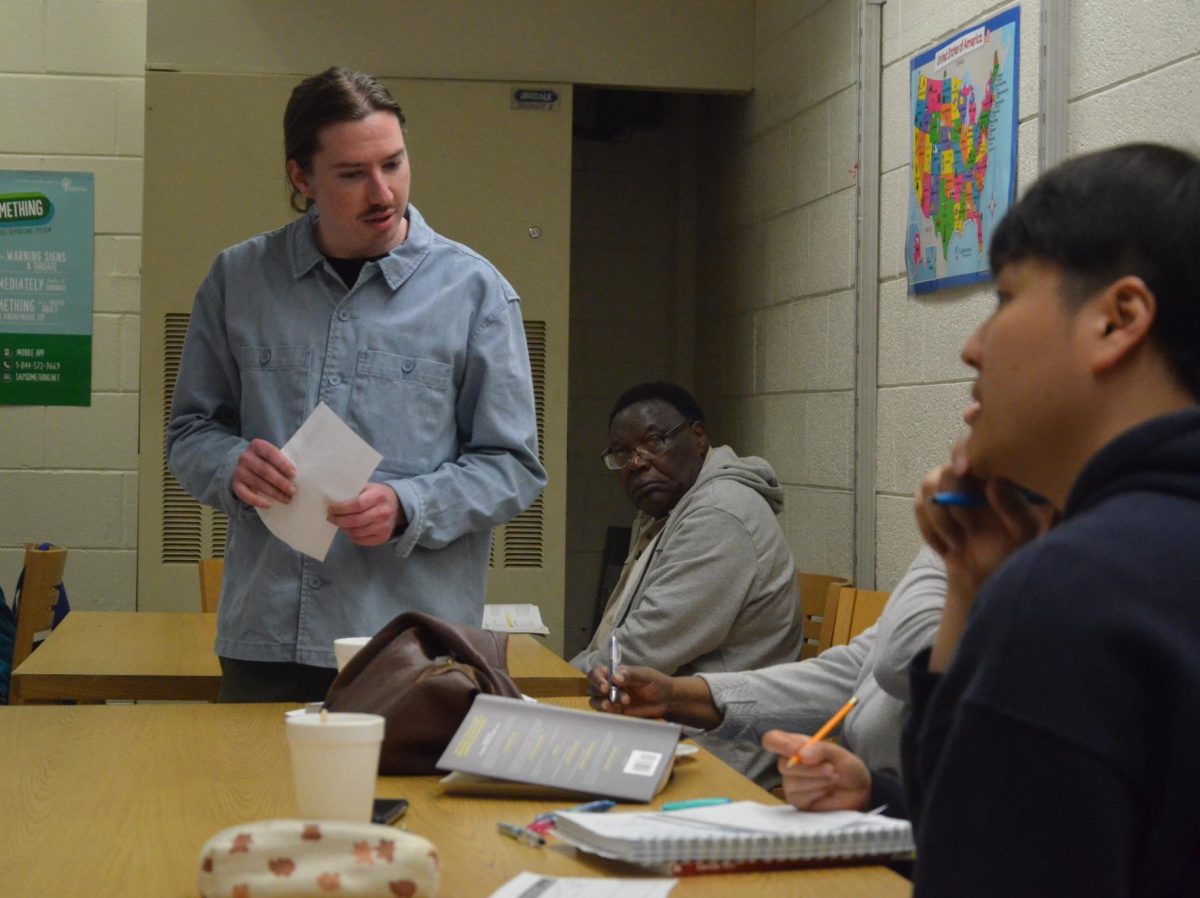
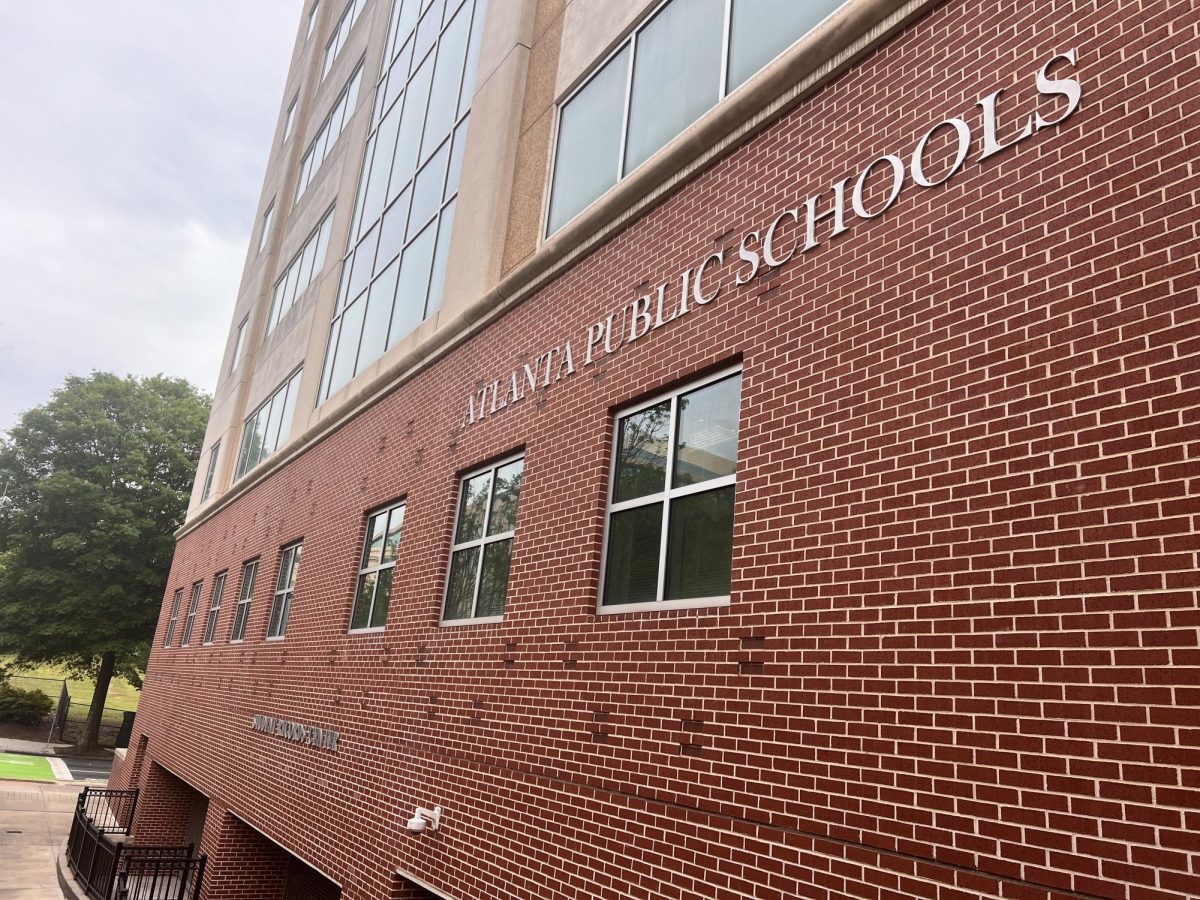
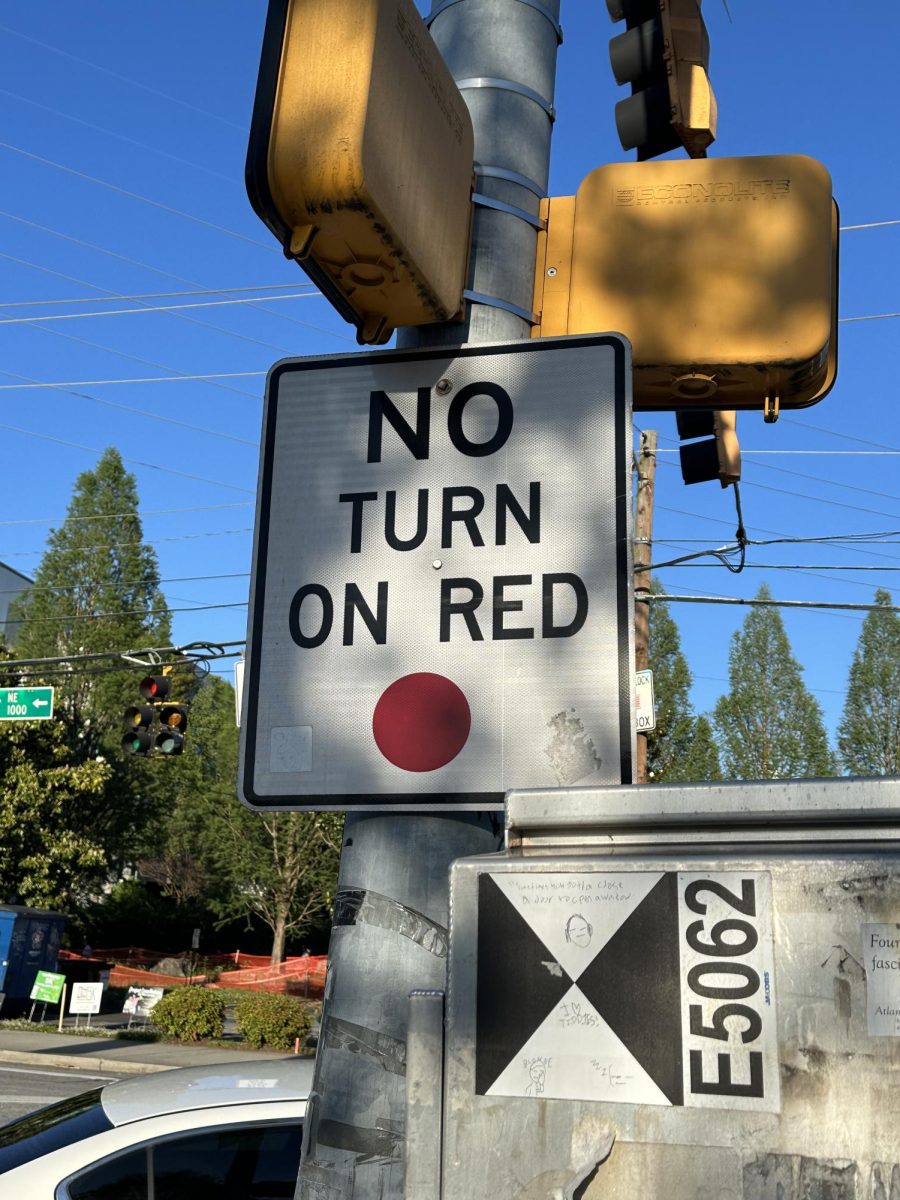
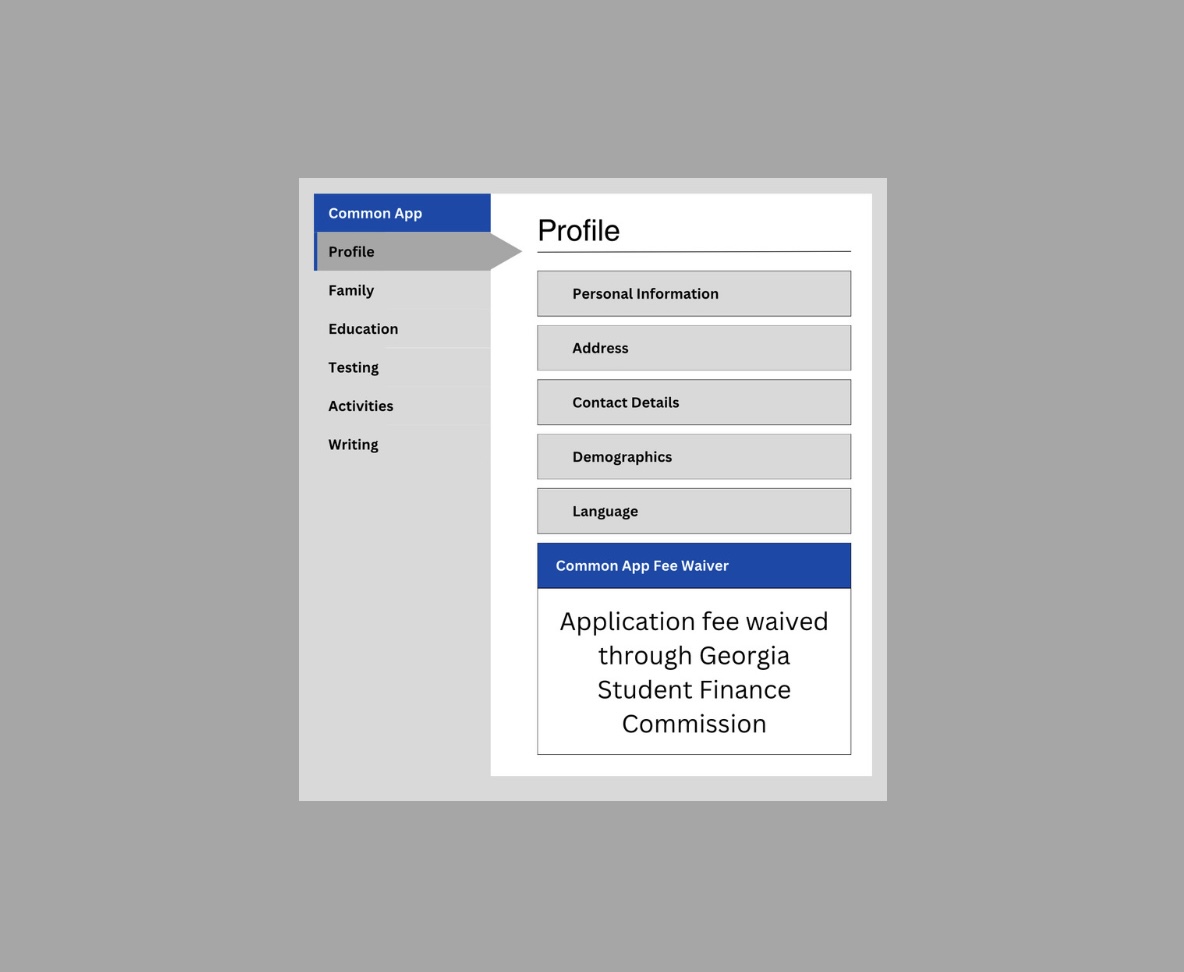
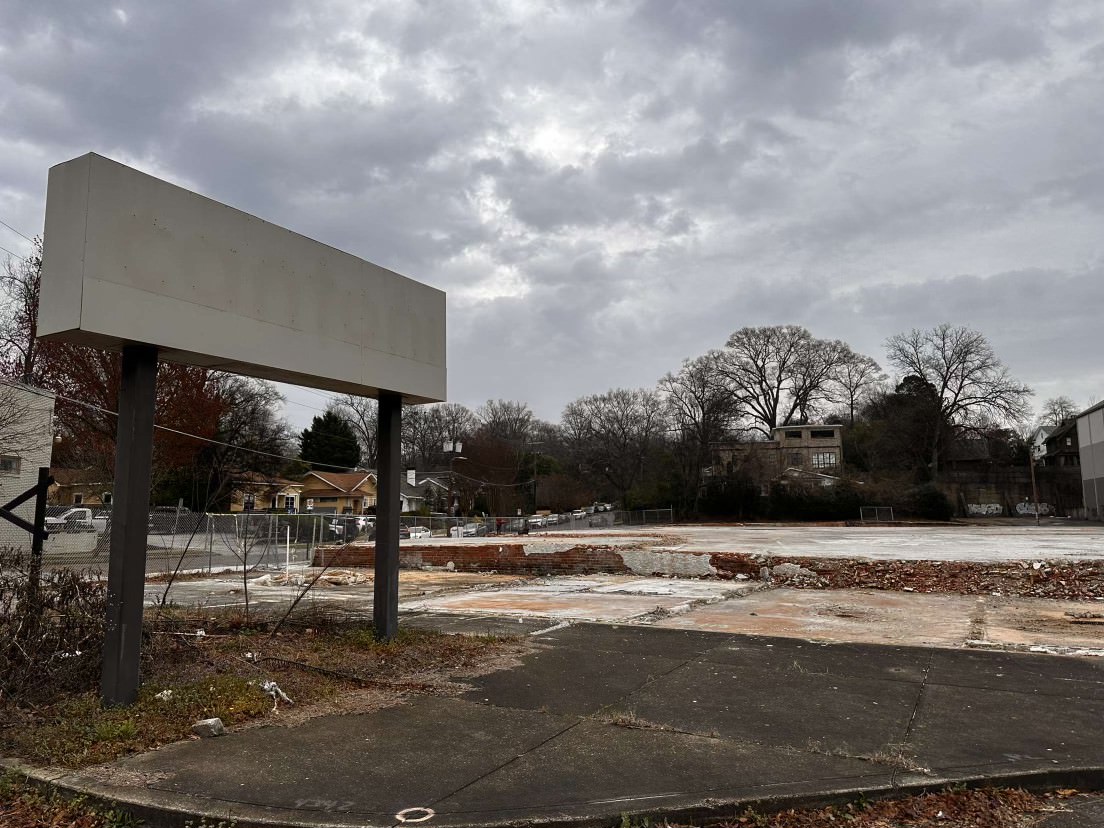
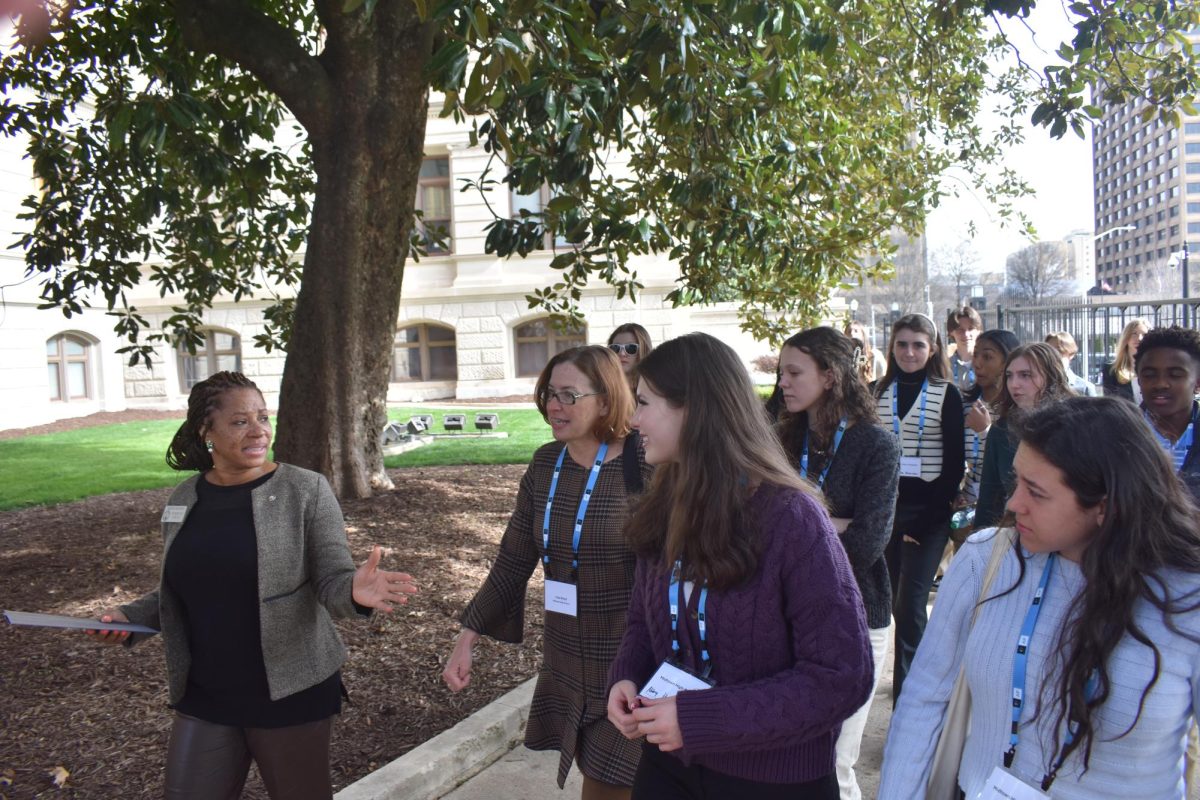

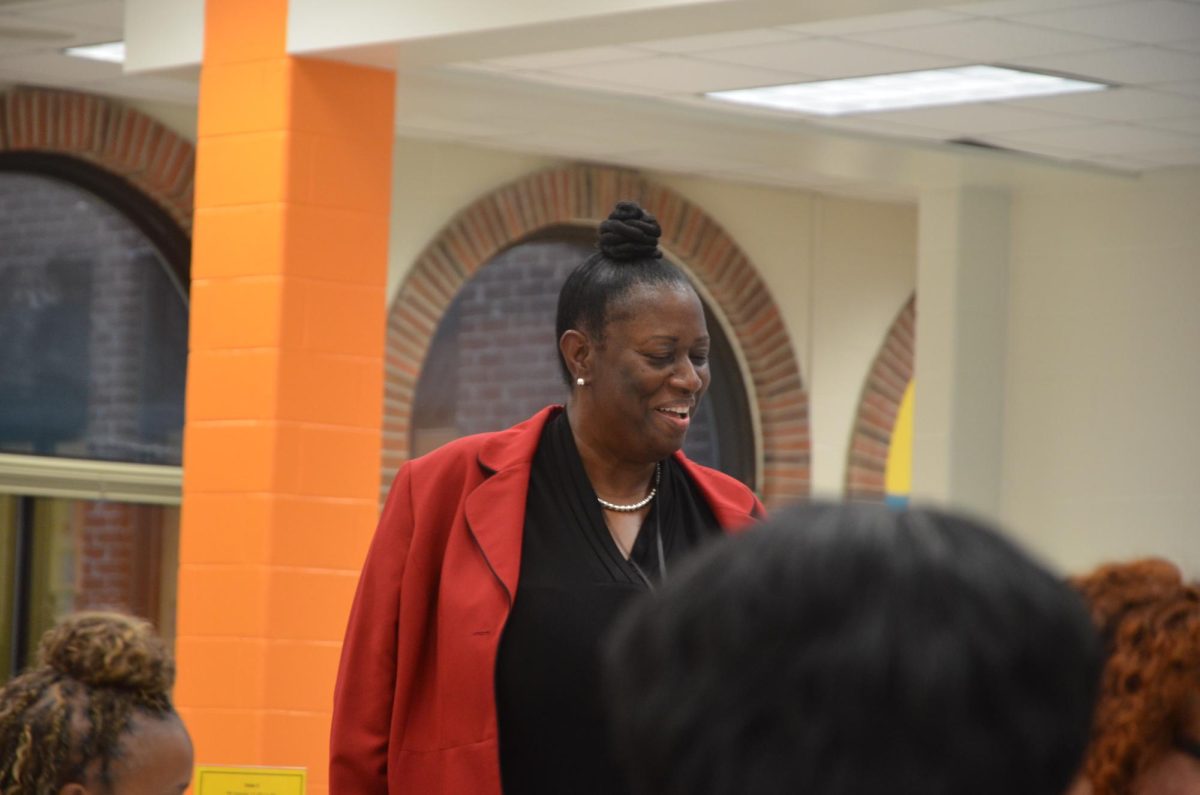
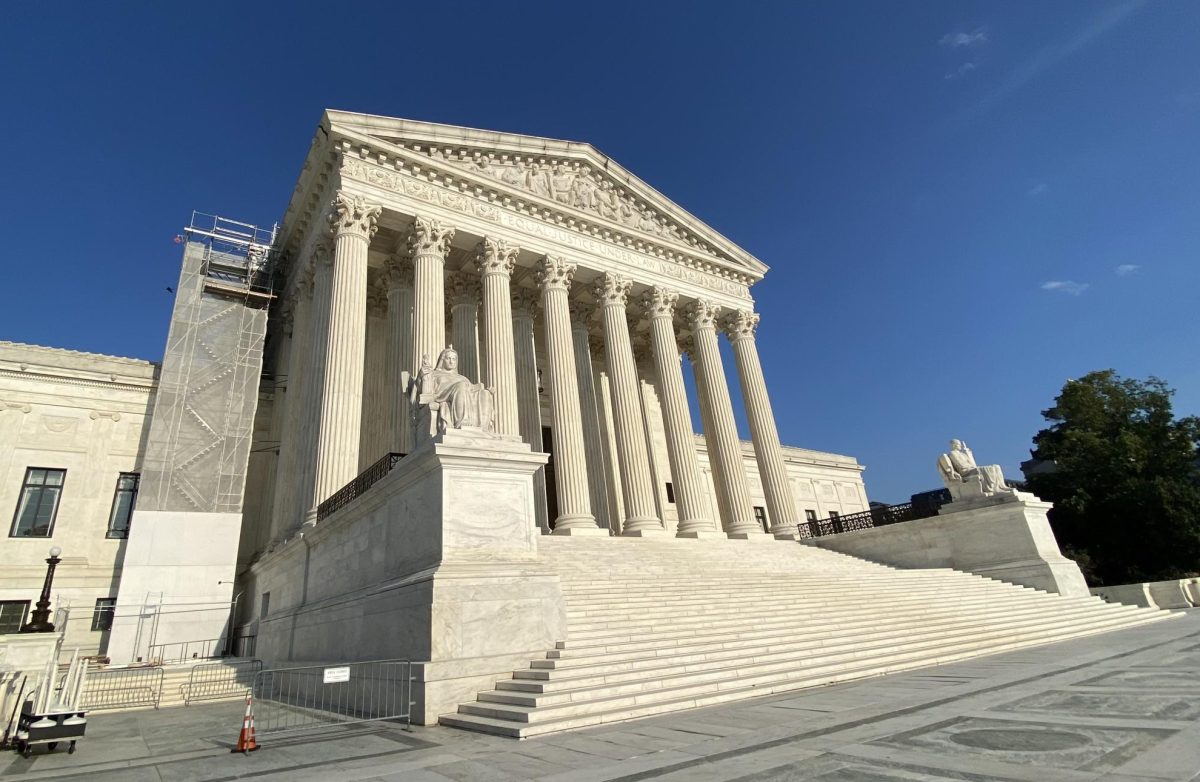


Mike • Mar 29, 2015 at 9:00 pm
She is occasional musician, actress, tv variety,
business woman, designer, maker of tv, performer, and a design.